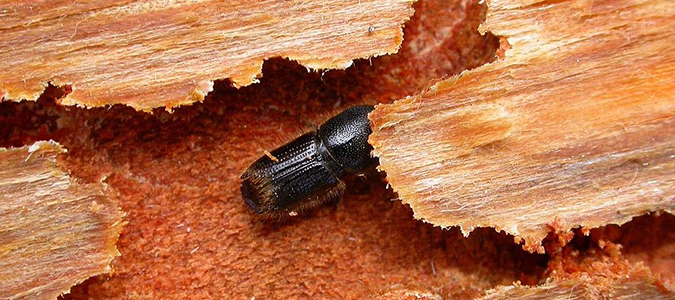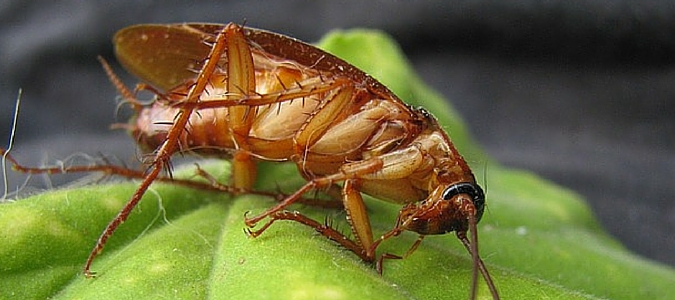The Zombie of All Pests: The Flea

Fleas are among the most resilient insect species. They can survive without food for a year. They are mobile enough on their own, capable of leaping 10 to 13 feet in a single bound, and small enough to hitch a ride on pets and people to populate new areas. Fleas are resistant to most pesticide use because they undergo four life stages, each requiring a different extermination strategy.
Secret Life of Fleas
Adult fleas are capable of reproduction once they have fed on blood. Eggs are laid on a host animal but fall off quickly as the animal moves around. These eggs will hatch and turn into larvae between two and 14 days. Larva feeds on organic substances, including the blood meal, dropped by adult fleas as feces. With enough nourishment, flea larvae develop into the pupa stage, from which the adult flea emerges when stimuli such as heat and vibrations indicate … Read Full Post »

